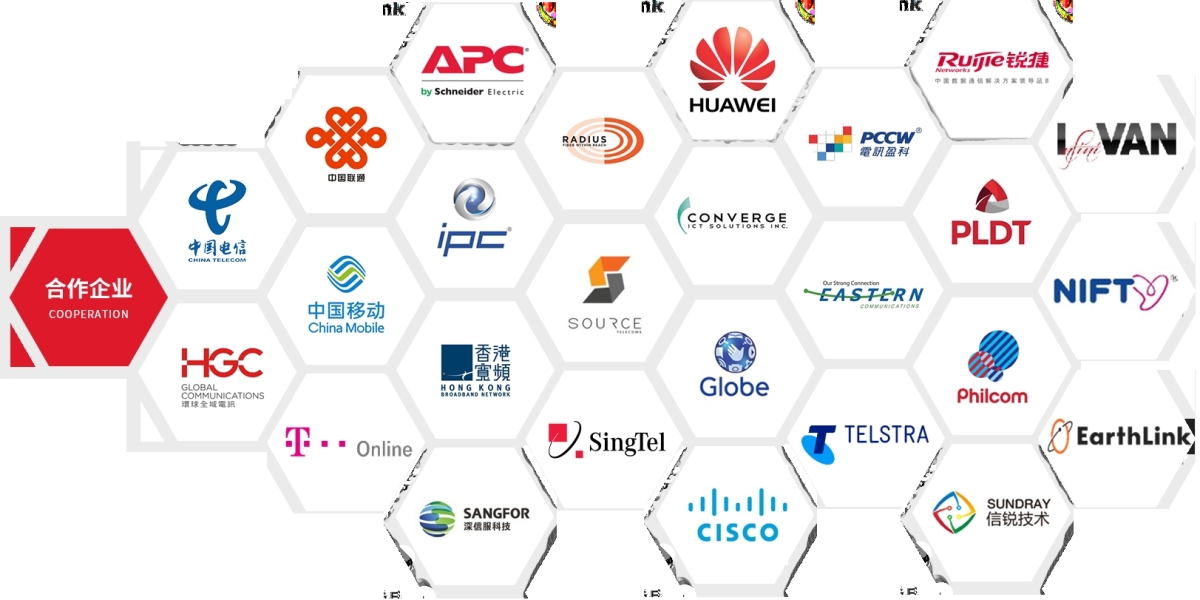Workplace safety is more than just wearing helmets and gloves — it’s about protecting workers from unseen dangers that can cause long-term harm. Among the most serious of these are carcinogen hazards — substances or agents that can cause cancer after prolonged or repeated exposure.
For professionals who hold or are pursuing an IOSH certificate, understanding carcinogenic risks is crucial. These hazards are not only found in laboratories or chemical plants; they can exist in construction, manufacturing, and even office environments. That’s why enrolling in an IOSH Safety Course Online can help you gain the knowledge and confidence needed to manage these invisible threats effectively.
What Are Carcinogen Hazards?
Carcinogens are substances capable of causing cancer by altering a cell’s genetic structure. They may come in the form of chemicals, dust particles, fumes, or even radiation. While exposure might not cause immediate symptoms, the effects often appear years later — making awareness and prevention essential.
Common Types of Workplace Carcinogens
Here are a few examples of carcinogenic substances commonly found in industrial and commercial settings:
Asbestos – Common in older buildings, it causes lung cancer and mesothelioma.
Benzene – Used in petroleum products and plastics, linked to leukemia.
Silica dust – Common in construction and mining, causes lung cancer.
Formaldehyde – Found in adhesives and insulation materials.
Chromium compounds – Used in welding and plating, known to cause respiratory cancers.
Tobacco smoke – Even second-hand smoke in workplaces can increase cancer risk.
An IOSH Safety Course Online teaches how to identify such substances through proper risk assessments and hazard classification.
Why Carcinogenic Hazards Are So Dangerous
The challenge with carcinogens is that their effects are not immediate. Workers might be exposed daily without any visible symptoms, making detection and prevention harder.
Key Reasons They’re Particularly Risky
Cumulative exposure: The body absorbs carcinogens over time.
Delayed health effects: Illness may appear years or decades after exposure.
Widespread presence: Found in paint, smoke, cleaning agents, and industrial materials.
Lack of awareness: Many workers don’t recognize carcinogens or understand proper handling procedures.
With the right IOSH certificate training, employees can recognize these risks early and implement strong safety practices to protect themselves and their teams.
How to Identify Carcinogenic Substances at Work
Before controlling exposure, you must first know where the risks exist.
Steps to Identify Carcinogens
Review Material Safety Data Sheets (MSDS): Check for “Carcinogenic” or “Cancer hazard” warnings.
Observe work processes: Tasks involving dust, fumes, or chemical reactions often carry hidden carcinogenic risks.
Check regulatory lists: Agencies like OSHA, IARC, and WHO maintain lists of known carcinogens.
Conduct workplace audits: IOSH-trained safety officers regularly inspect and document risk areas.
Through an IOSH Safety Course Online, you’ll learn to evaluate your workplace systematically, ensuring every possible carcinogenic source is identified and controlled.
Preventing Carcinogen Hazards in the Workplace
1. Substitution and Elimination
The best control measure is to replace harmful substances with safer alternatives whenever possible. For example, use water-based paints instead of solvent-based ones that release toxic fumes.
2. Engineering Controls
When substitution isn’t feasible, install engineering solutions:
Ventilation systems to extract toxic fumes.
Enclosed processes that minimize human exposure.
Filtration systems for dust and gas removal.
3. Administrative Controls
Rotate workers to reduce exposure time.
Schedule cleaning and maintenance when fewer people are present.
Train employees regularly using IOSH-certified safety modules.
4. Personal Protective Equipment (PPE)
Provide appropriate gear like:
Respirators or masks
Chemical-resistant gloves
Full-body suits
Eye protection
Even the best PPE works only when workers understand why and how to use it properly — something extensively covered in IOSH Managing Safely training.
The Role of IOSH Certificate in Managing Carcinogenic Risks
Earning an IOSH certificate isn’t just about having a qualification — it’s about becoming a safety leader who can protect lives.
How IOSH Training Helps
Improves hazard recognition: Understand where carcinogens exist and how they behave.
Teaches control strategies: Apply effective prevention measures across industries.
Builds leadership confidence: Encourage a culture of safety within teams.
Global recognition: An IOSH Safety Course Online gives you credentials accepted worldwide, enhancing career opportunities in safety management.
Professionals with IOSH certification are often trusted to design workplace safety programs that meet international standards — including those addressing carcinogen exposure.
Real-Life Example: Controlling Carcinogenic Risks in a Manufacturing Plant
Consider a manufacturing company that used solvents containing benzene. Workers were unaware of the long-term cancer risks. After a safety inspection by an IOSH-trained officer, the company replaced the solvent with a non-carcinogenic alternative, installed ventilation systems, and started regular safety briefings. Within months, air quality improved significantly, and employees felt safer and more informed.
This example highlights how IOSH knowledge transforms workplaces — from reactive safety to proactive prevention.
Step-by-Step: Creating a Carcinogen Control Plan
A strong prevention strategy doesn’t happen by chance — it’s structured and maintained.
1. Risk Assessment
Identify potential carcinogenic substances, processes, and exposure levels.
2. Exposure Monitoring
Measure airborne concentrations of harmful substances regularly.
3. Health Surveillance
Implement medical checkups for employees at risk of long-term exposure.
4. Employee Training
Regularly update staff through IOSH Safety Course Online modules and workshops.
5. Continuous Improvement
Review safety protocols annually and update them based on new research and technological advancements.
Expert Tips for Managing Carcinogenic Risks
Always store carcinogenic chemicals in labeled, sealed containers.
Avoid eating, drinking, or smoking in work areas.
Use local exhaust ventilation when working with dust or fumes.
Ensure emergency procedures are well-documented and practiced.
Promote safety culture — prevention begins with awareness.
Professionals with an IOSH certificate can apply these principles across different workplaces, ensuring safety compliance and reducing long-term health risks.
FAQs About Carcinogen Hazards
What industries face the highest carcinogenic risks?
Industries like construction, mining, textile, and chemical manufacturing are most prone to carcinogen exposure due to dust, fumes, and chemical processes.
Is short-term exposure to carcinogens dangerous?
Yes. While risk increases with duration, even short-term exposure can be harmful if concentrations are high.
How can IOSH training help manage carcinogen hazards?
An IOSH Safety Course Online teaches risk assessment, control hierarchy, and hazard communication — all essential for preventing long-term exposure to carcinogens.
Can PPE alone prevent carcinogenic effects?
No. PPE should be the last line of defense after implementing engineering and administrative controls.
Conclusion
Carcinogen hazards are silent but deadly. Their effects may take years to appear, but prevention starts today. With the right training and awareness, such as through an IOSH certificate, professionals can recognize risks early and implement strong safety measures.
Enrolling in an IOSH Safety Course Online is one of the most effective ways to build expertise, promote safer workplaces, and advance your career in occupational health and safety. By prioritizing prevention, you’re not only protecting yourself but also creating a healthier and more sustainable work environment for everyone.








